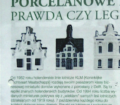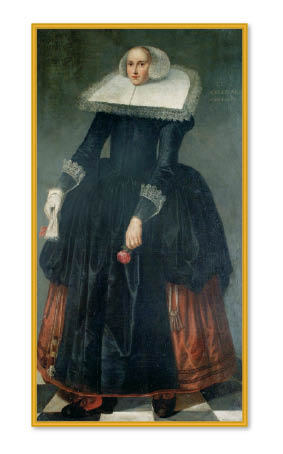 In april 2016, it’s exactly 400 years ago a giantess was born in Edam. Trijntje Cornelisdochter Keever – nicknamed the Big Girl – was the tallest woman ever documented in the history of the world. She suffered from a serious growth disorder and eventually grew to the impressive height of 2.57 meters.
In april 2016, it’s exactly 400 years ago a giantess was born in Edam. Trijntje Cornelisdochter Keever – nicknamed the Big Girl – was the tallest woman ever documented in the history of the world. She suffered from a serious growth disorder and eventually grew to the impressive height of 2.57 meters.
In the Dutch Golden Age, the incredible height made ‘the girl giant’ something of an attraction. Trijntje was so tall that a man could stand next to her, stretch his arms up above him, and still not be able to touch her head.She could clean the gutter on the roof without a ladder.
Trijntje made headlines in 17th-century travel guides, and her fame had even reached royal ears. On June 30, 1625, the exiled King of Bohemia Frederick V and his wife Elizabeth Stuart, Princess Amalia of Solms-Braunfels and their entourage stopped in Edam on their way to England, and the mayor led them to look at the amazing size of the shy girl. By the age of nine she had already reached a height of 2 meters.
Trijntje’s parents traveled the entire country with their teenage daughter, displaying her to the crowds at fairs. Aged seventeen, she passed away on the road far from home in Ter Veen in Zeeland. Trijntje actually died of lung cancer, which may seem like an unlikely cause of death for a girl her age, but people who have this growth disorder often suffer from a rare form of cancer. A small and painless brain tumor causes an overproduction of growth hormones. However, metastases elsewhere in the body ultimately lead to death. As cancer had yet to be discovered, 17th-century people called it “consumption” because sufferers lost a lot of weight and died slowly.
The Edam church register recorded that on July 7 1633, Trijntje, daughter of Cornelis, Great Maiden buried in the Great Church in Edam.
A life-size painting and her original shoes (36 cm) are on display in the branch of Edams Museum, KLM-house No. 20. The painting depicts Trijntje Keever in full growth in middle-class clothes. On her belt hangs a bunch of keys, to the right she helds a pillow for needles and a case for a knife, spoon and fork. The inscription says that, according to tradition, the portrait of this girl is prettier than she actually was, and that she was likely to suffer from acromegaly.
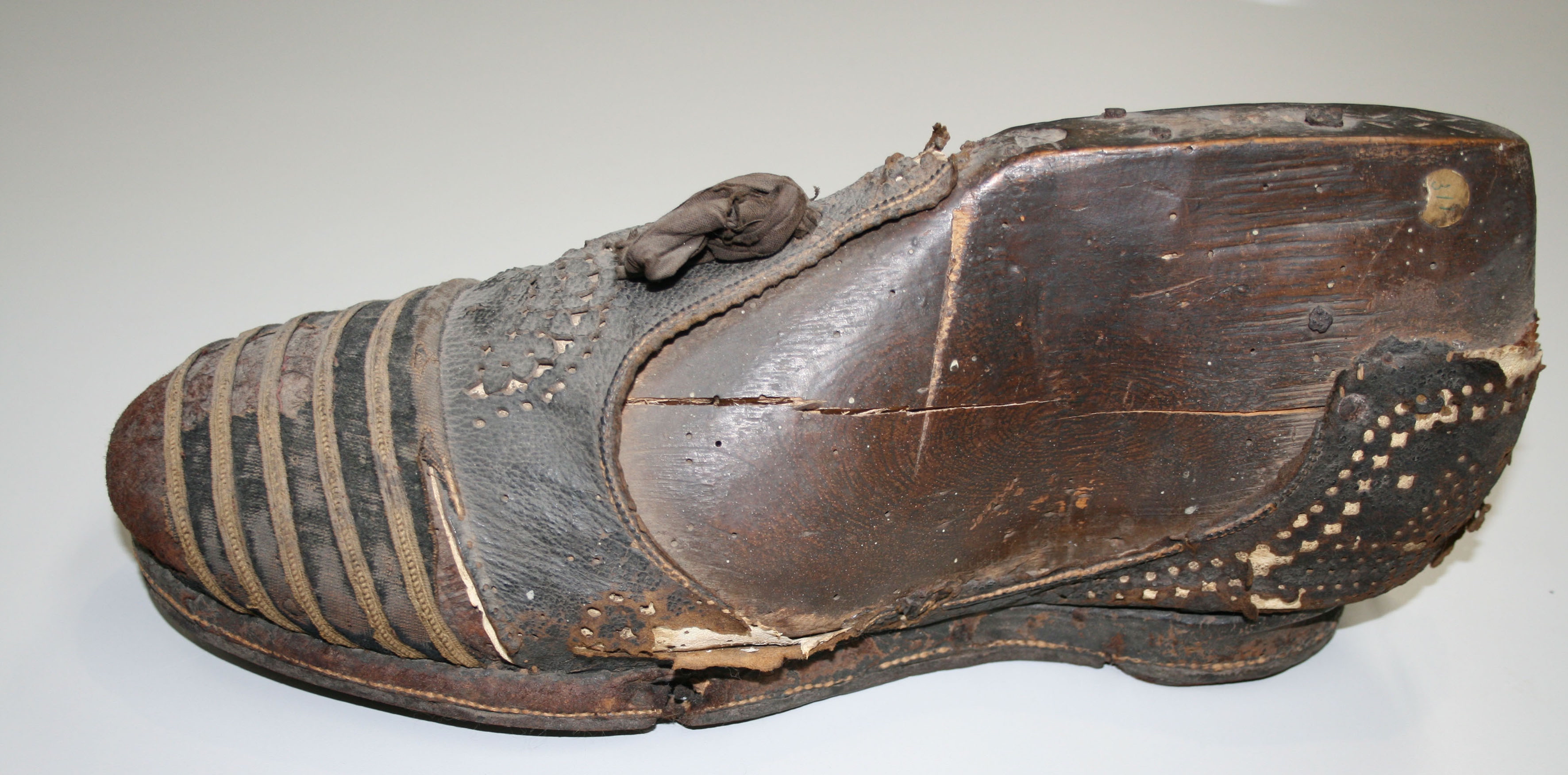
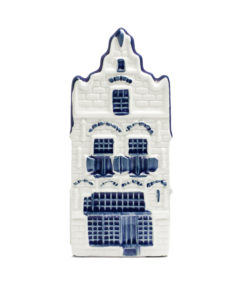

Mark Zegeling
Author Kingdom by the Sea,
A celebration of Dutch cultural heritage and architecture




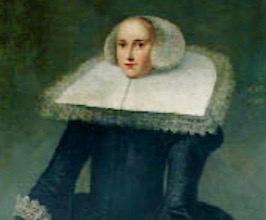
 Frits Bolkenstein
Frits Bolkenstein





